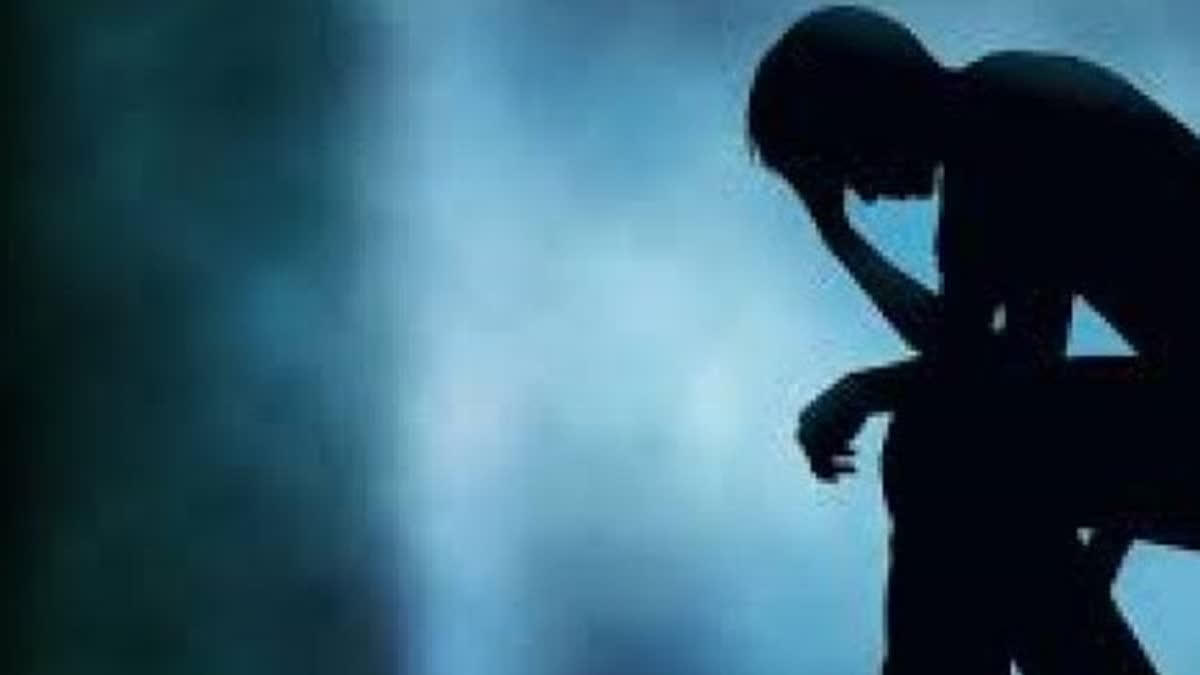New Delhi: Researchers have identified December as the month when people in the US, UK and Canada are the most likely to have suicidal thoughts and the hours between 4 am and 6 am when they were most likely to commit suicide. They also found that these thoughts occurred a few months before suicidal behaviours peak in spring or early summer.
The research from the University of Nottingham's School of Psychology, UK, led in collaboration with the University of Amsterdam, The Netherlands, and Harvard University, US, examined the seasonal paths of suicidal thoughts and identified when suicidal thoughts peak during the year and also what time of day these thoughts are the worst.
The findings have been published in the journal Nature Translational Psychiatry. While most people assume suicide rates to be the highest in winter, spring or early summer is when suicidal behaviours have been found to peak, a finding that has baffled researchers since first identified.
In this study, the researchers further found a general increase in negative self-harm cognitions and seasonality effects for mood and desire to die across the six-year period, over which responses from over 10,000 people were collected. The subjects completed questionnaires and tasks about their moods and thoughts and ideations around suicide and self-harm using the Project Implicit Health Database (PIH).
Also read; Study: Why do we fall for particular people?
They also developed a conceptual model as to why suicidal behaviour takes a few months to reach a 'tipping point'. "The reasons for this are complex, but our research shows that suicidal thoughts and mood are the worst in December and the best in June. "Between these two points, there is a heightened risk of suicidal behaviour, and we feel this is occurring because the gradual improvements in their mood and energy may enable them to plan and engage in a suicide attempt.
"The relative comparison between the self and others' mood improving at a perceived greater rate are complementary possibilities that need further testing," explained Brian O'Shea from the University of Nottingham, who led the study. Online tasks were created to examine the temporal dynamics of explicit and implicit self-harm cognitions, with explicit cognition examined via direct questions about mood, suicide and self-harm using a standard 1-5 scale.
Implicit cognition was explored with a reaction time task where people were required to sort words relating to the self in real-time with death and life words. The respondents in the sample were from three groups: (1) past suicide attempters; (2) suicide ideation and/or non-suicidal self-injury; (3) no previous self-harm, suicidal thoughts, or behaviours. The findings show a response time between the peak of explicit and implicit suicide cognition in winter and the peak in suicide attempts and suicide deaths in spring.
Explicit suicide cognition peaking in December preceded implicit self-harm associations, which peaks in February. Both these peaks precede the peak of suicide behaviour in spring or early summer. Similar lagged effects were observed in a 24-hour period, with explicit suicidal cognition and mood peaking at 4-5 am and implicit cognition lagging this peak. O'Shea said, "This study is the first to look at temporal trends around mood and self-harm thoughts on such a large scale and really pinpoints times when intervention could be most beneficial." (PTI)
(Suicide is not a solution. If you are having suicidal thoughts, or are worried about a friend or need emotional support, someone is always there to listen. Call Sneha Foundation - 04424640050 (available 24x7) or iCall, the Tata Institute of Social Sciences' helpline - 9152987821, which is available Monday to Saturday from 8 am to 10 pm.)



